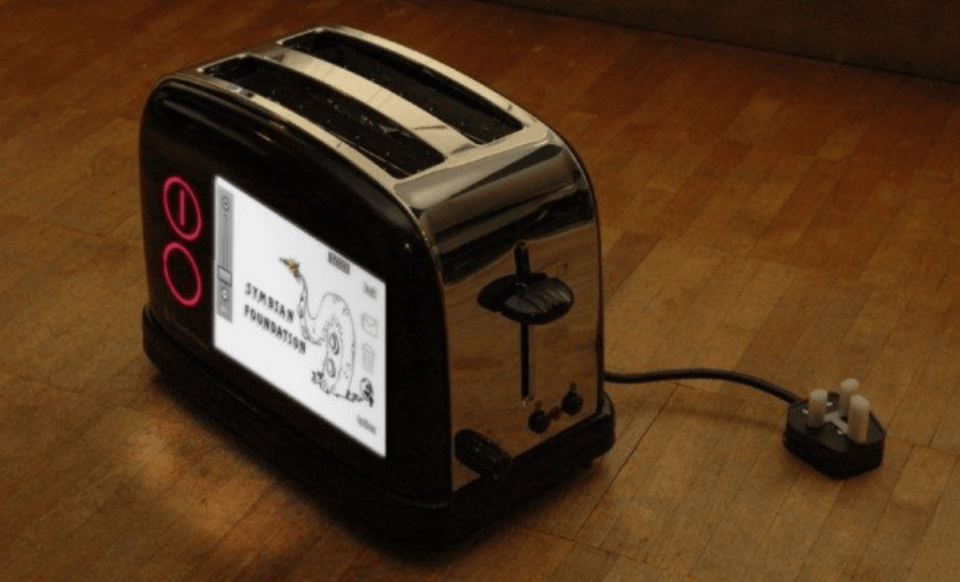
Last year 10 billion of these devices were connected to the internet, and there are estimates that up to 212 billion devices will be connected by 2020. The Internet of Things is slated to be an $8.9 trillion market by 2020, and will include many more things than just household devices. State, local, and federal governments are preparing to expand on these kinds of technologies and use them to create entire smart cities, as well as tech-supported infrastructure and energy sources such as wind turbines. These will all fall under the category of IoT and therefore could have some of the same vulnerabilities.
Proofpoint, a new tech security firm, has found evidence that smart appliances have the ability to be cyberattacked. In a study conducted from December 23, 2013 to January 6, 2014, Proofpoint found that more than 100,000 common appliances like multimedia centers, TVs, routers, and refrigerators were able to send 750,000 malicious emails in bursts of 100,000, three times a day. While some people may not be frightened by the prospect of their toaster sending out spam, we should note that this implies a bigger problem.



